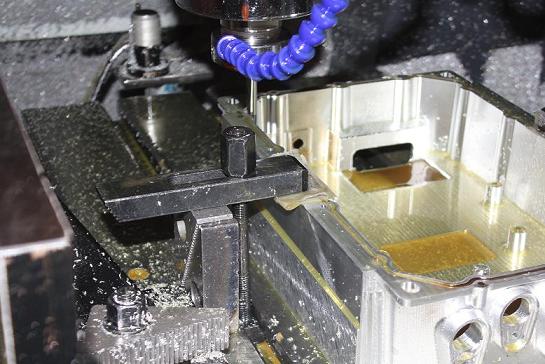Get in touch.
Dear,I will reply in 12 hours. All your message are protected!
Rapid Prototyping Services, Professional manufacturer of CNC Prototyping and 3D Prototyping in China.
CNC machining is a widely used manufacturing process that involves the use of computer-controlled machines to produce complex and precise parts. One of the critical factors in CNC machining is setting the tool path. The tool path is the exact route that the cutting tool follows to remove material from the workpiece. Here are the steps to follow when setting the tool path for CNC machining:

## 1. Design the Part
The first step is to design the part using a Computer-Aided Design (CAD) software. This design serves as a blueprint for the manufacturing process. The CAD software allows you to create a 3D model of the part, which can be used to generate the tool path.
## 2. Choose the Right Cutting Tool
The next step is to choose the right cutting tool for the job. The cutting tool should be appropriate for the material being machined and the desired surface finish. The length, diameter, and shape of the tool should be considered when selecting the tool.
## 3. Define the Workpiece Orientation
The workpiece's orientation is essential in determining the tool path. It is crucial to understand how the part will be held during machining and how the cutting tool will approach it. The orientation can be defined using a coordinate system, which typically has three axes: X, Y, and Z.
## 4. Generate the Tool Path
Once the part design, cutting tool, and workpiece orientation are defined, the tool path can be generated. The tool path is created using a CAM (Computer-Aided Manufacturing) software. The CAM software takes the 3D model of the part and generates the tool path based on the cutting tool's size and shape, the workpiece orientation, and the machining parameters.
## 5. Verify the Tool Path
Before the tool path is executed, it is essential to verify it using simulation software. The simulation software allows you to see a virtual representation of the machining process, including the tool path and the material removal. This step ensures that any errors or collisions are detected before the machining process begins.
## 6. Execute the Tool Path
After the tool path has been verified, it can be executed on the CNC machine. The machine operator loads the tool path into the machine's control system, and the cutting tool follows the programmed path to remove material from the workpiece.
In conclusion, setting the tool path is a crucial step in CNC machining. By following these steps, you can ensure that the tool path is accurate and efficient, resulting in high-quality parts and reduced manufacturing time.
© 2005-2025 Shenzhen Tuowei Model Technologies Co., Ltd. | All Rights Reserved 粤ICP备11096697号